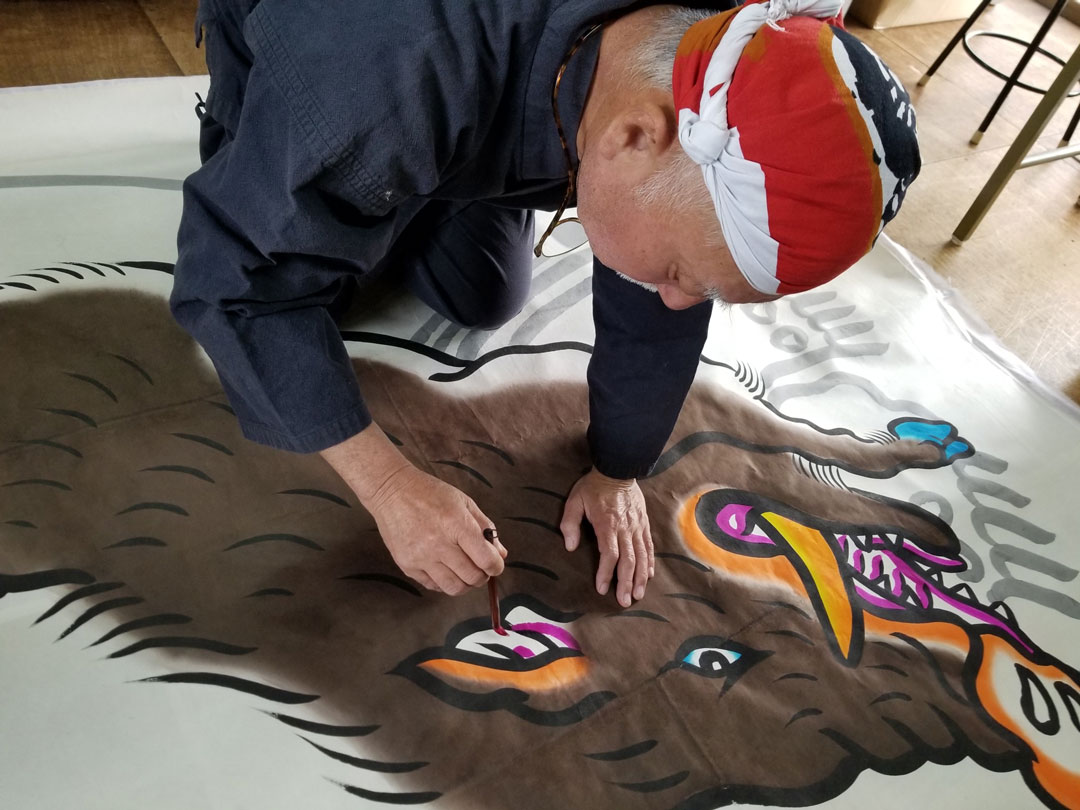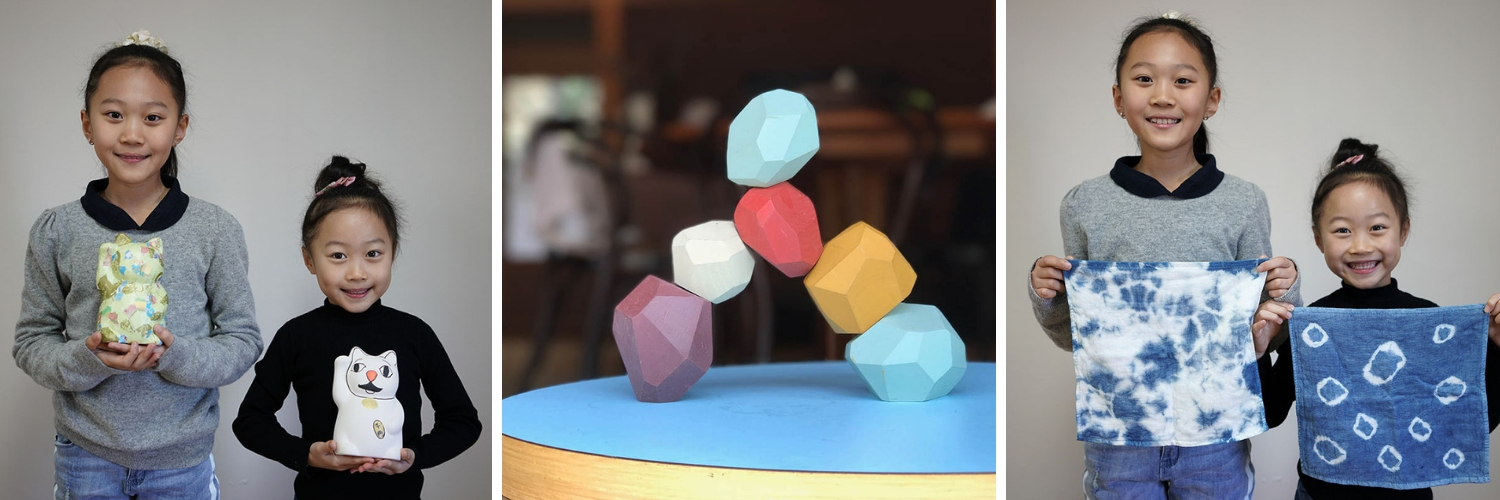
Edo in the Sky: Traditional Kites of Japan exhibition
Sydney Craft Week 2019 officially commences in October, however one of the participating events, an exhibition presented by The Japan Foundation, is on now. Discover traditional kites and handcraft techniques in this beautiful exhibition, Edo in the Sky: Traditional Kites of Japan.
This article was originally published on The Japan Foundation, Sydney website, July 2019.
Edo in the Sky: Traditional Kites of Japan
10 July - 12 October, 2019
Get up close with colourful and intricate kites handcrafted in the traditional Edo (former Tokyo) style, considered Japan’s first kite design originating from the 1700s, in this exhibition. The display features over 30 kites of various designs made by Tokyo-based master craftsman Mikio Toki, who has more than 42 years of kite-making experience.
Japanese kites are characterised by a flat, bowed, bamboo frame covered in traditional washi paper. The kite coverings are decorated with sumi-e (ink) painting, using a mix of thick and thin brush strokes—methods reminiscent of Japanese calligraphy—and are often inspired by ukiyo-e prints and feature famous kabuki characters.
In Japan, kites are flown to signify the coming of spring and to commemorate special festivals around the new year. Aside from being a symbol of celebration, kites are also a form of folk-toy with each distinct style representative of life and locality throughout various regions in Japan. Kites, among many other traditional Japanese toys, are enjoyed by children and adults alike, and are passed on from one generation to the next.
A series of workshops and other public programs will coincide with this exhibition (see below).
A Brief History of Kites
Once upon a time a Chinese farmer tied his straw hat to a piece of string to keep it from flying away in the strong wind–and the first kite sailed the skies; or so one legend of many suggests. The modern Japanese kite has a long history–dating back to the import of kites from China during the Nara period (A.D. 645-794).
Prior to the 1700s Japanese kites were tied only in Buddhist religious practices, as symbolic offerings of thanks.
From the 1700s onward Japan moved away from using kites in ceremonial practice and developed kites for social use instead, with many regions of Japan later producing their own specific kite style and imagery based on souvenirs brought back by provincial lords visiting Edo.
Nowadays, kite flying in Japan is a seasonal activity that is reminiscent of old customs, such as giving thanks and celebrating the arrival of spring and warm weather, as well as the beginning of the New Year in mid-winter.
Kids Workshops
To coincide with this exhibition, The Japan Foundation, Sydney are presenting a series of kids workshops themed around traditional Japanese crafts.
Maneki-Neko Decorating Workshop
Decorate your own ceramic maneki-neko (beckoning cat) piggy bank to take home! Suitable for ages 6 years and up.
Saturday 17 August
Session 1: 10:30am – 12:00pm
Session 2: 2:00-3:30pm
Ai-zome Indigo Dyeing Workshop
Learn about the traditional art of ai-zome (indigo dyeing) and how to dye a towel using ai powder. Suitable for ages 6 years and up.
Saturday 28 September
Session 1: 10:30am – 12:00pm
Session 2: 2:00pm – 3:30pm
Tumi-isi Balancing Block Workshop
Paint your own tumi-isi blocks with traditional Japanese and indigenous Australian natural colour paints! Suitable for ages 5 years and up.
Thursday 10 October
Session 1: 10:30am – 12:00pm
Session 2: 2:00pm – 3:30pm

Details:
Workshops
Cost: $15+ booking fees
Bookings: jpf.org.au/events/
Enquiries/ cancellations: 02 8239 0055 events(@)jpf.org.au
Exhibition
Catch Edo in the Sky exhibition, on now until 12 October, 2019.
GALLERY HOURS
Mon–Thu: 10am–6pm*
*Hours extended until 8pm during July 22-September 26
Fri: 10am–6pm
Sat: 10am–4pm
The Japan Foundation, Sydney
Level 4, Central Park, 28 Broadway, Chippendale NSW 2008
Images: Exhibition photos by Mikio Toki, courtesy The Japan Foundation, Sydney; Kids workshop photos by Simply Native Japan and design office A4, courtesy The Japan Foundation, Sydney
 Sydney Craft Week
Sydney Craft Week